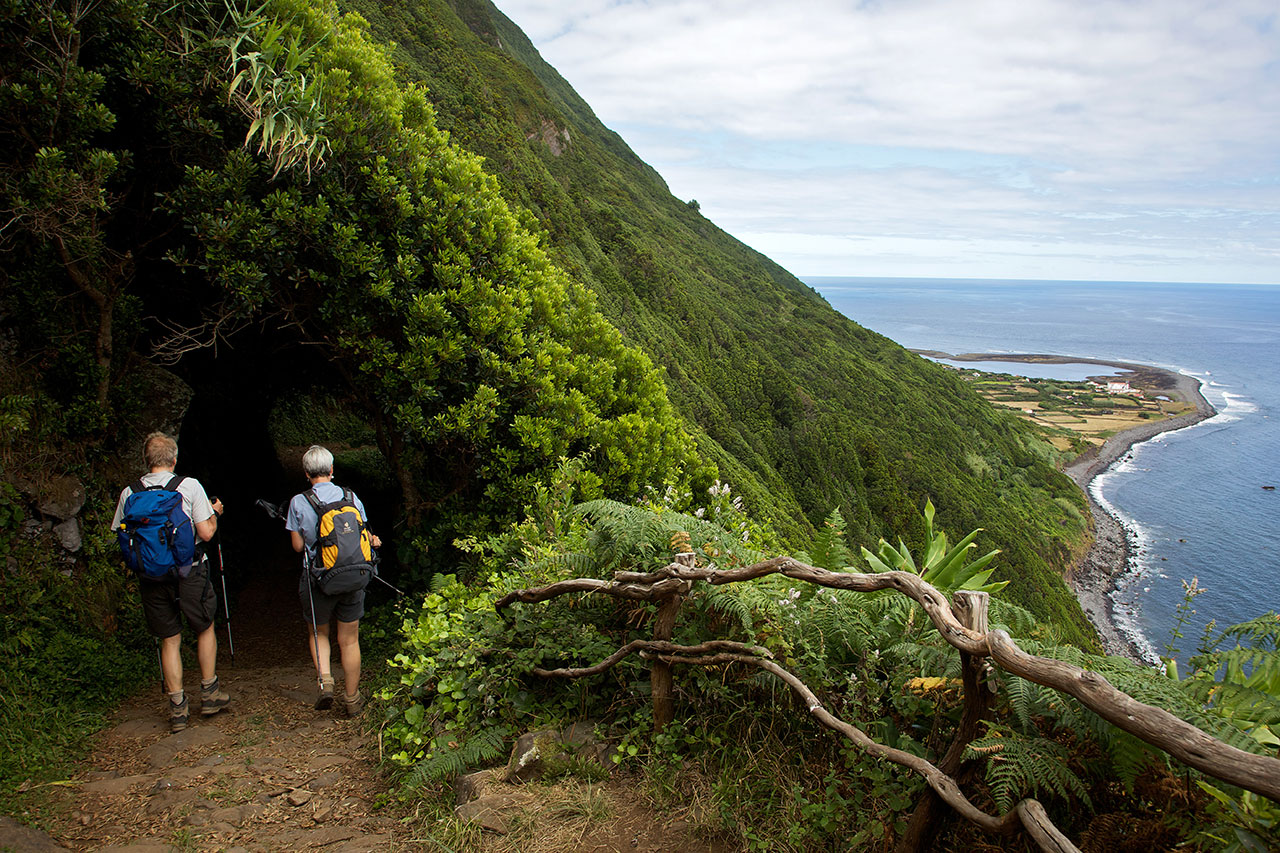This linear route connects the village of Ribeira Chã to Água de Pau. Begin the trail at the center of the locality, known for its museums, mainly the Sacred Art and Ethnographic, the Ethnographic Yard and Azorean Endemism as well as the Rural House of Maria dos Anjos Melo, where we can see all the history, culture and heritage of this place. Rich for its gastronomy, Ribeira Chã is known for its Italian Arum cereal flour porridge, a typical sweet of the village, done with the rhizome of the plant known on the island as Italian Arum (Arum italicum).
